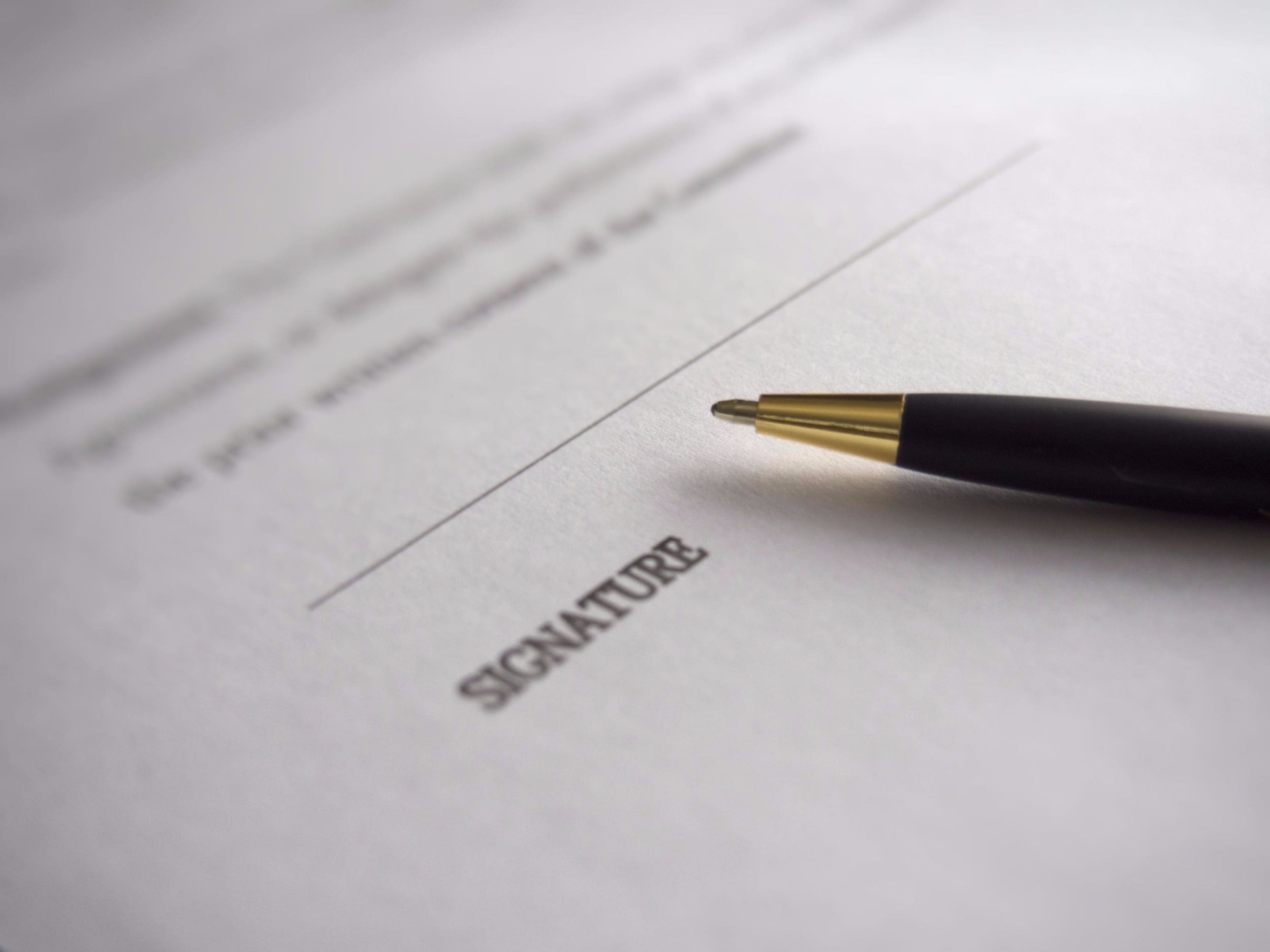Tenants must be careful before signing their lease so that they understand their obligations for the repair and maintenance of the property upon vacating the premises. Subtleties in the Lease clause wording can significantly affect a tenant’s liabilities, so they should start thinking about dilapidations when they first begin looking at a property and are discussing any terms with their prospective Landlord.
A Schedule of Condition can be useful to help limit liability under a Lease. Knowing a property’s condition from the very start will help to avoid signing a lease that states it’s in good condition, when it isn’t.
A tenant’s liability for dilapidations is limited by Section 18 of the Landlord and Tenant Act 1927. It means that if a landlord were to make a claim, there are limits on what they can recover from the tenant if they decide not to carry out works to remedy dilapidations. There are two aspects of the Act that have the potential to what the Tenant owes:
- If the landlord intends to alter the property at the end of the tenancy or shortly thereafter meaning the repairs could be considered valueless, or if the property is to be demolished, this means no repair costs can be recovered by the landlord from the tenant.
- By calculating the difference by which the value of the landlord’s interest has been reduced on account of any breaches noted. A diminution valuation is undertaken to determine this cap.







